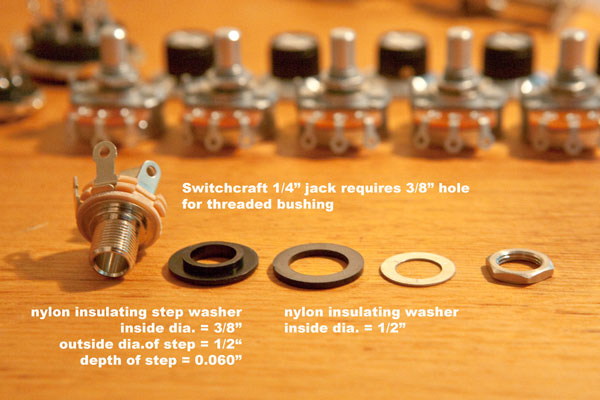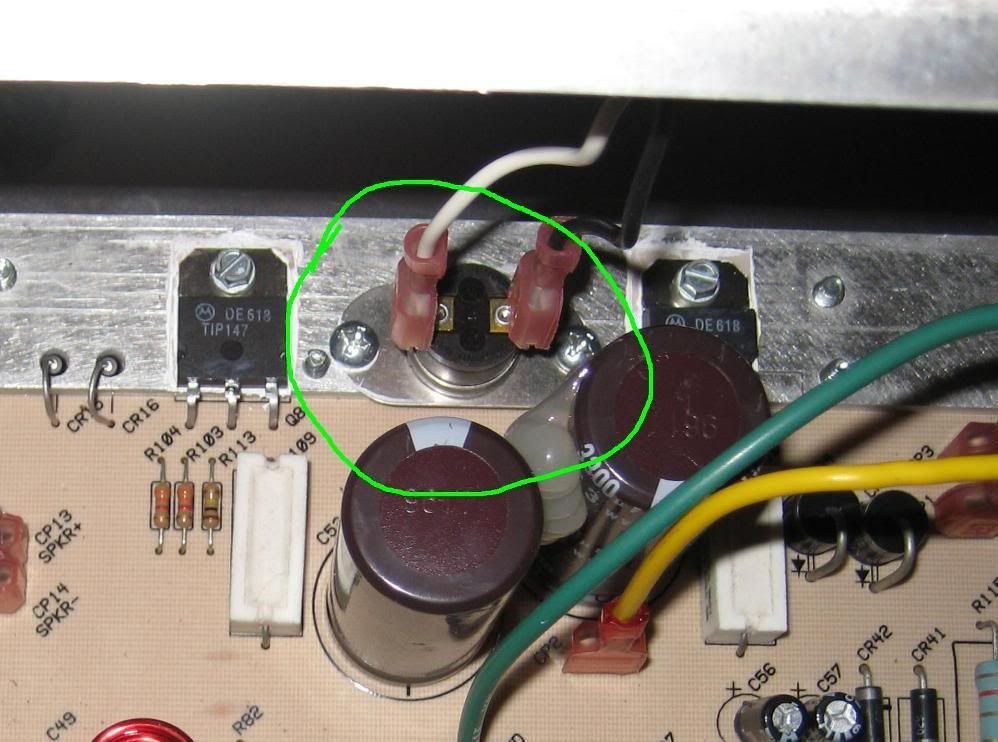Originally posted by Enzo
View Post
Hopefully my parts will be here by the end of next week so I can try and get this thing back together. Today, though, I will be building a light bulb limiter.


Comment